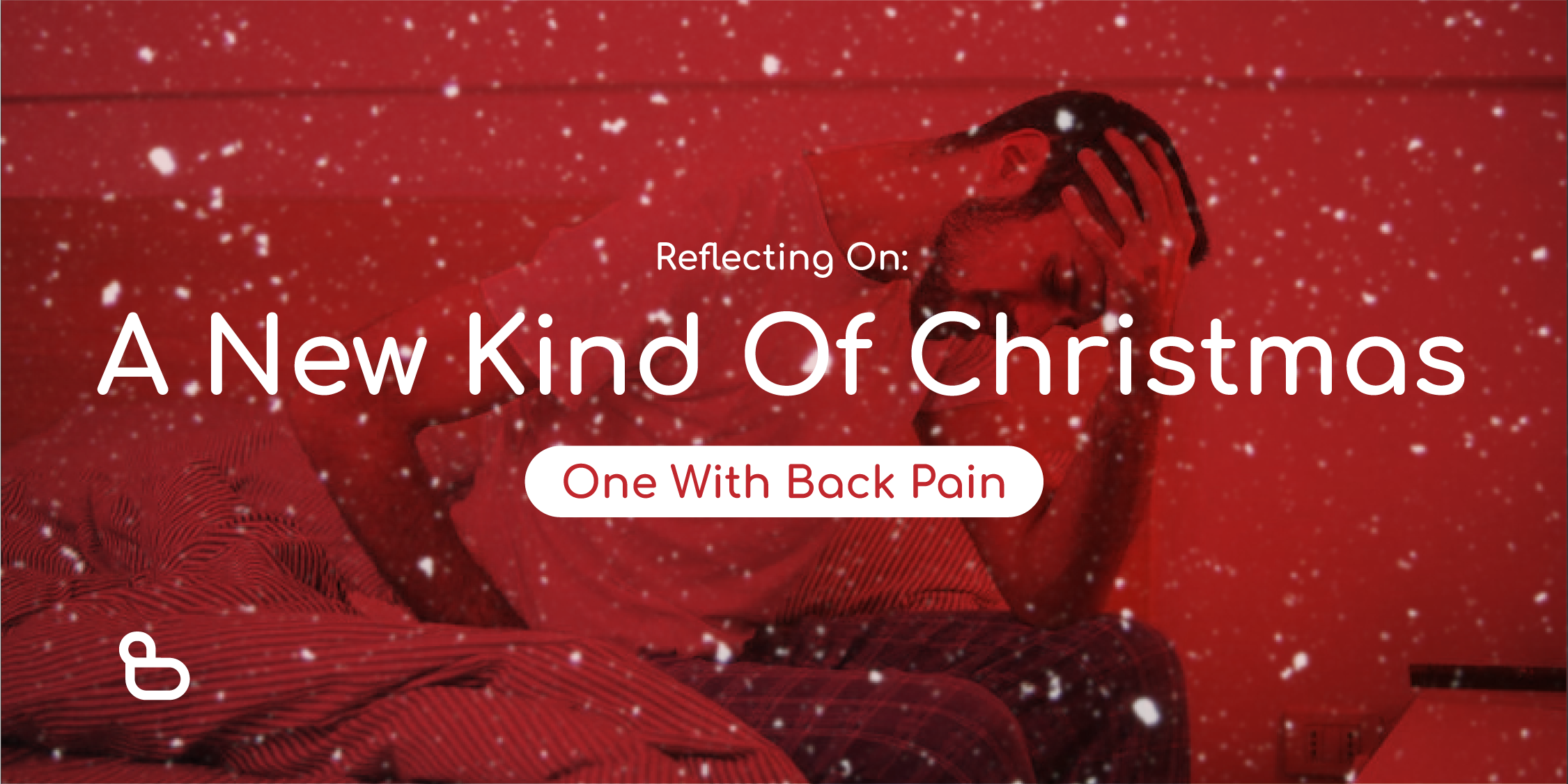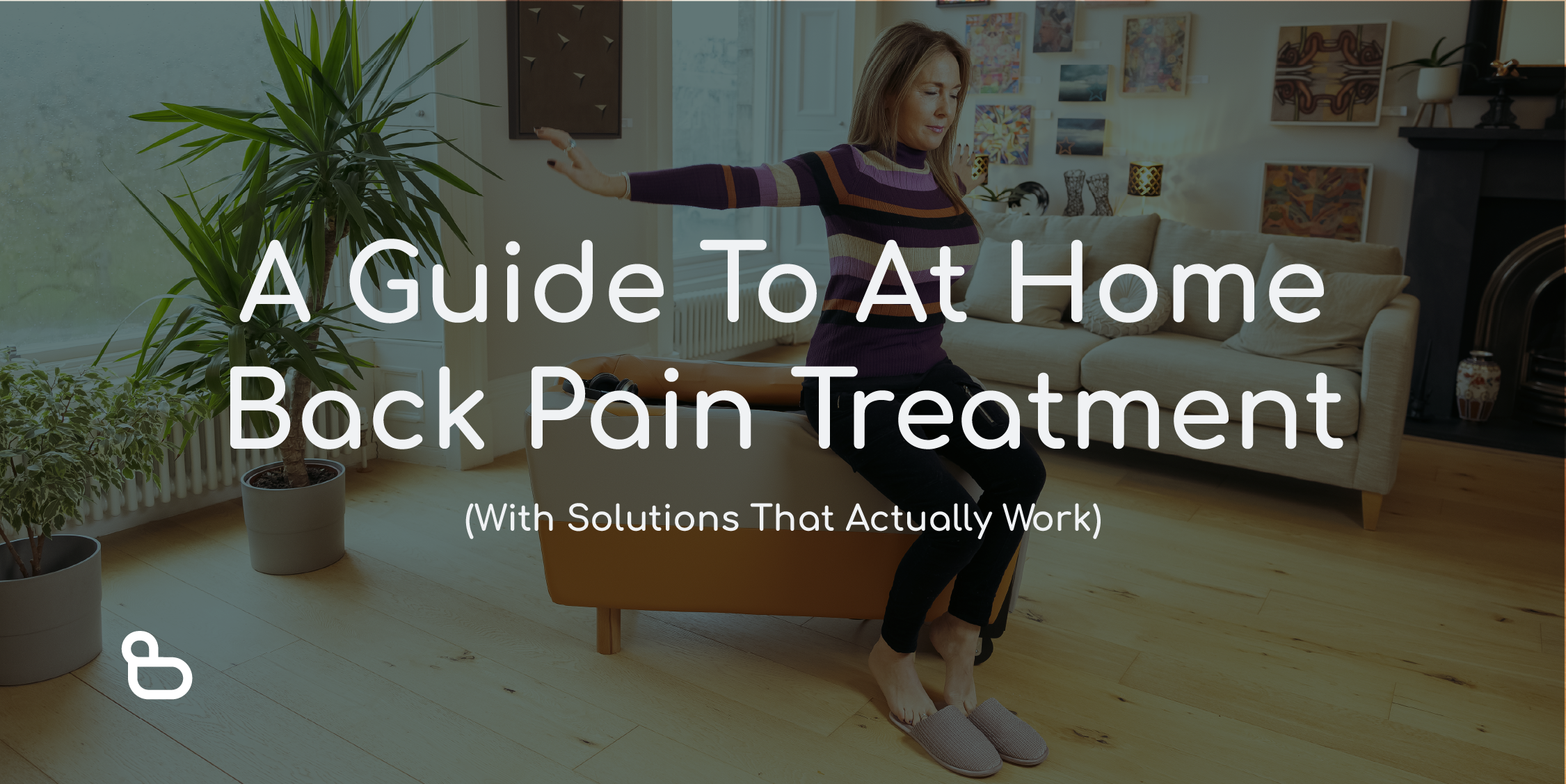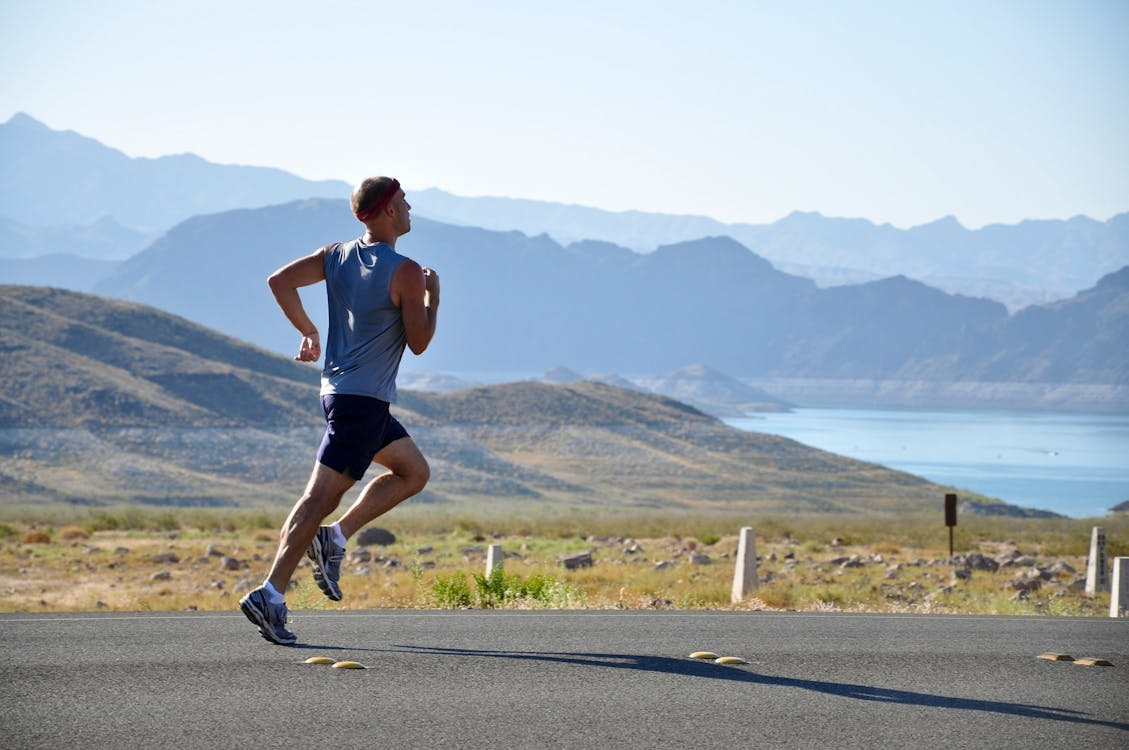Overcoming Chronic Pain: My Journey of Healing and Innovation
Pain has been something I've had to deal with since I was a child when I had to spend extended periods of time in a hospital bed with a tube that connected my stomach to a bag of yellow fluid via my nostril.
I hated it; no child wants to be stuck in bed, let alone one in a hospital.
But, however unpleasant that experience was, I have learned to be thankful for it because it is through painful experiences that we learn the truest things about ourselves, and that experience taught me that the body is complex and it started a lifelong fascination in me to understand how the body works, and more specifically, how it healed.
I had found my passion and this is the story of how I moved from being a child in a hospital bed to overcoming chronic pain and innovating a solution that could help others do the same.
Growing Up On Acid:
The Early Battles with Chronic Pain
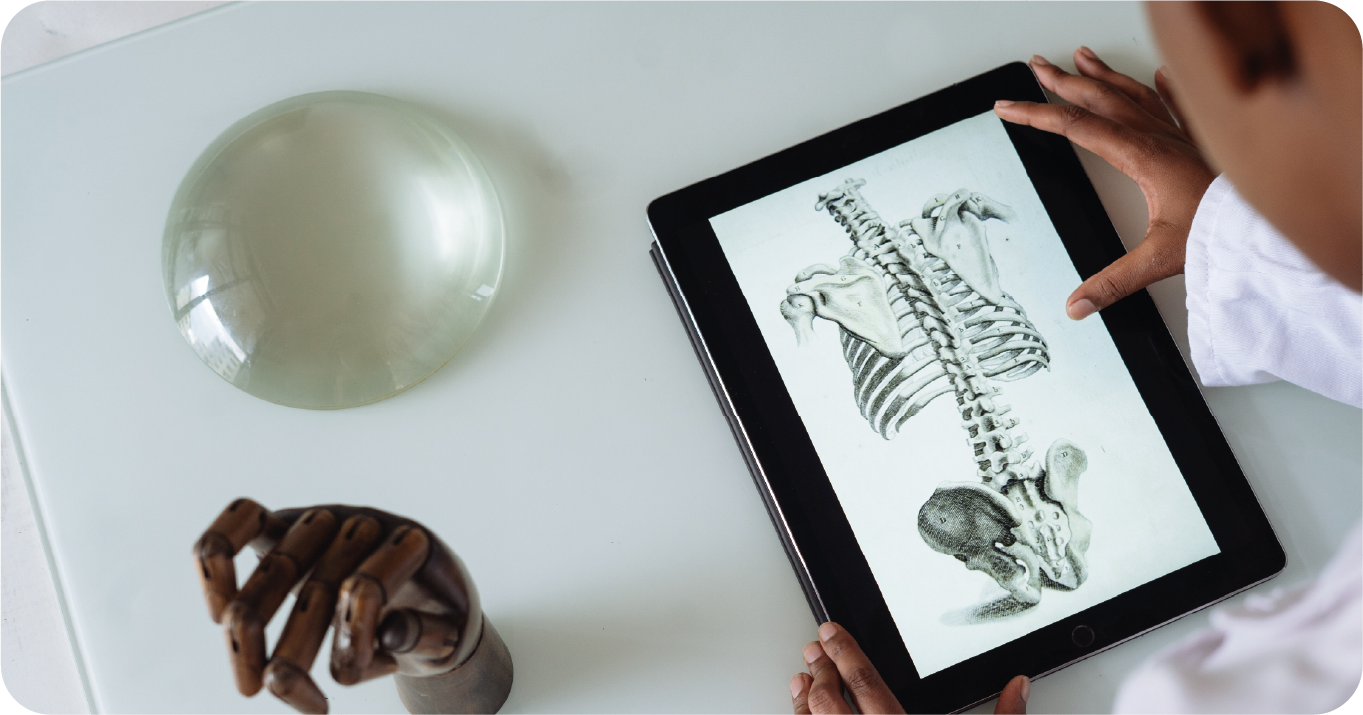
I wanted to know what was wrong with me and I wanted to equip myself with the knowledge to be able to help my body heal and to avoid having it all happen again.
So, what was wrong with me?
The tube, inserted through my nose and reaching into my stomach, was tasked with removing the acidic fluid that my body couldn't stop producing. Without it, the acid would have damaged the weak lining of my stomach. I was so sick that each trip to the hospital lasted between one and two weeks, during which I had to watch the tube creepily extract the greenish liquid from inside my stomach and fill up a bottle hung next to my bed. I know, yuck.
I was ten at the time and too young to have surgery. But my digestive system, especially my stomach, pancreas and intestines (large and small) were working so badly that this ugly setup was the only thing that could help me. It probably kept me alive.
Reflecting on those years, the reality of my situation was grim. I was just a ten-year-old with a life intertwined with the medical system, missing weeks of school and normal childhood experiences–It was a harsh education in the reality of overcoming chronic pain.
It is clear now that it taught me a valuable lesson: while the physical symptoms of pain are what demand our attention, it's the underlying causes that hold the key to true healing.
Beyond The Hospital Bed:
Holistic Approaches to Pain Management
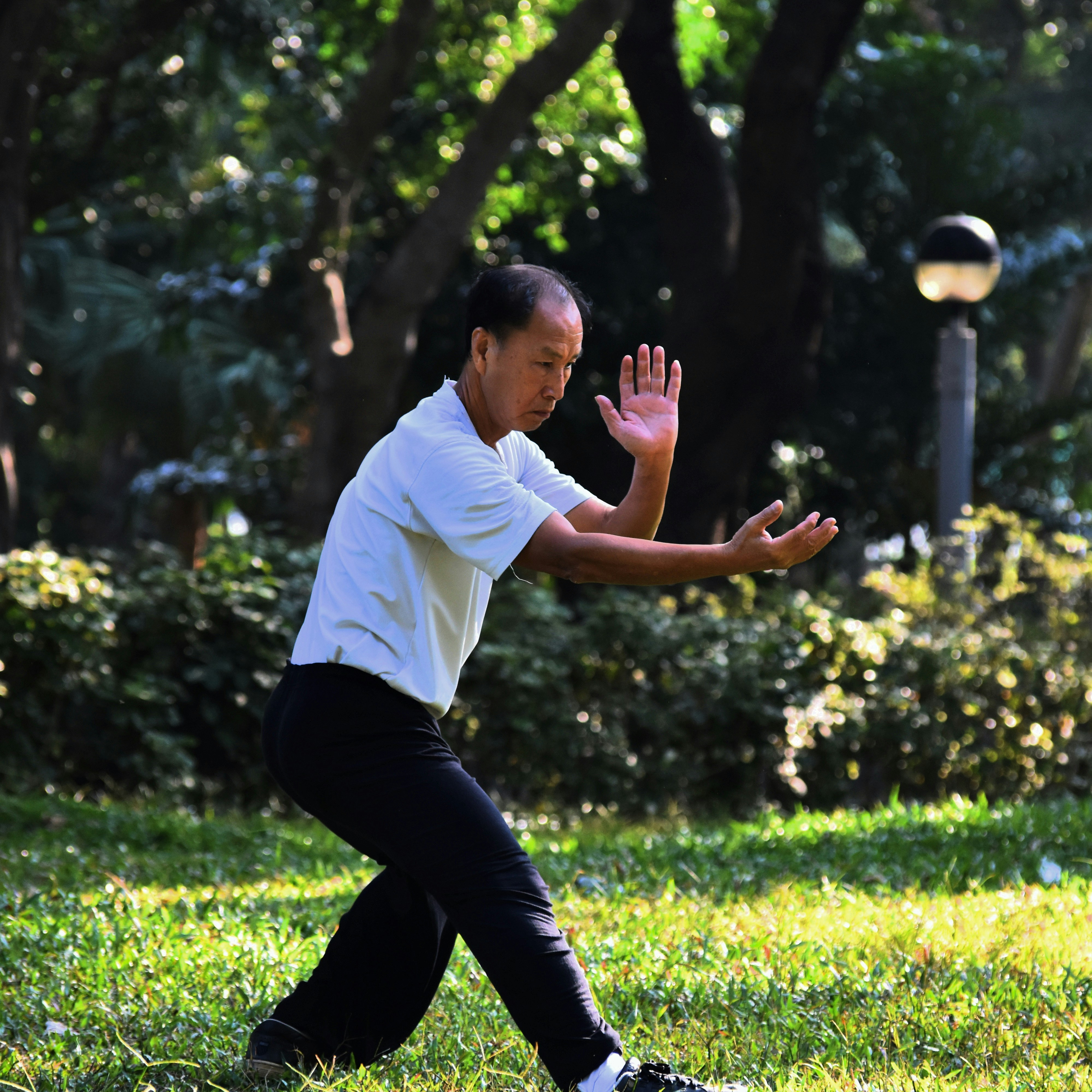
🔗 Discover other lifestyle tips to help manage pain
Despite my illness, I worked hard to earn good grades in school, but entrance to university in Korea was largely determined by your grades in a national exam at the end of your final year. The night before the exam I didn’t sleep, and on the day itself the pressure got the best of my exhausted body, and I achieved a personal record: my worst ever result. It was a terrible disappointment for both me and my family, but it forced me to face up to the fact that I was fragile and there was no way I could go on like this, even if I wanted to.
Something had to change.
I still managed to get a place in university and I started the first year of my engineering bachelor’s degree in Seoul. While there I discovered traditional Korean Tai Chi (which is different from Chinese Tai Chi, more widely practised in the West). I started exercising regularly and listened to my body.
After a couple of years, my symptoms suddenly started improving which got me thinking: how could the deliberate and controlled movements of Tai Chi, or running twice a week up the nearby hill or around the zoo, possibly impact the acid levels in my stomach?

🔗 Research has shown that holistic approaches can significantly impact chronic pain management.
My transition to holistic approaches was a pivotal chapter in my journey of overcoming chronic pain and so I got to know the people in my Tai Chi classes who were interested in mindfulness and different traditional Korean therapies. Some of them seemed a little crazy, but quite a few were based on sound principles that helped me get even healthier and those new insights encouraged me to do more research and actively manage my health.
Changing My Life:
Why I Switched Gears From Engineering to Physiotherapy
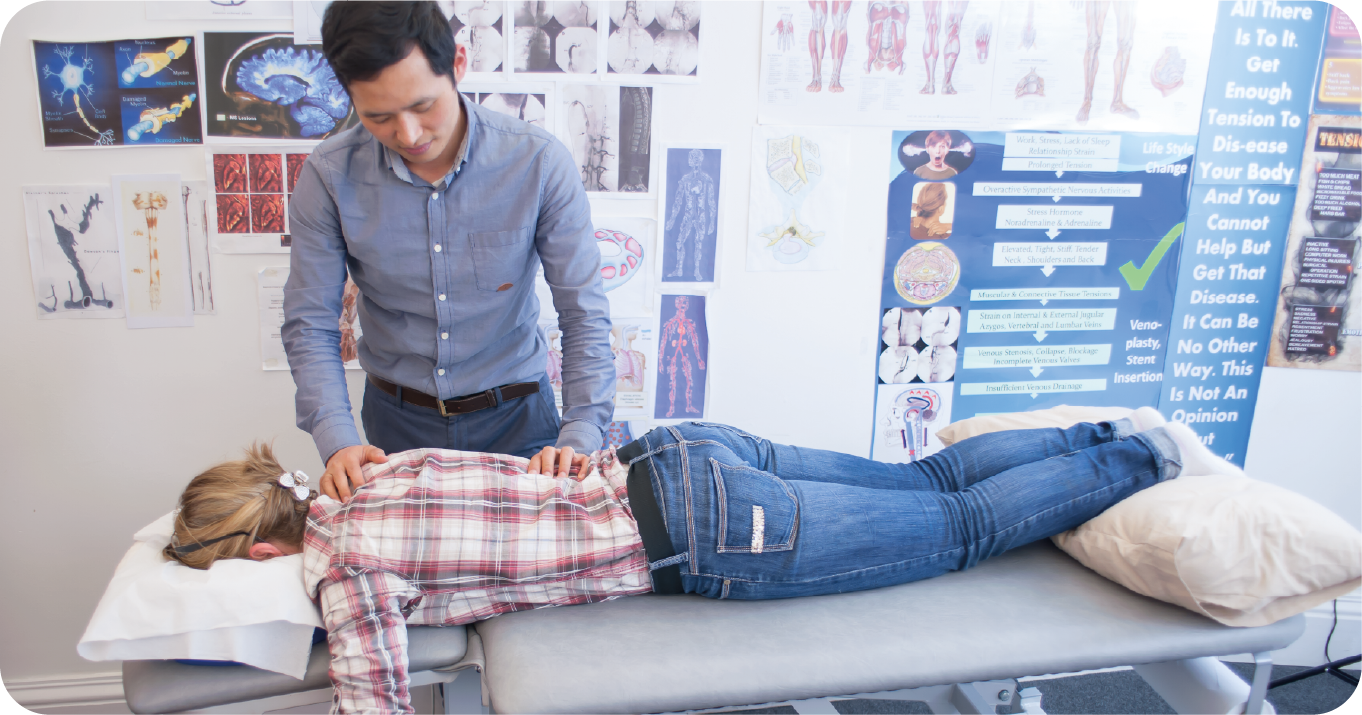
As a physio I would see 6-10 patients a day, each spending 30 minutes working their back to release the joint stiffness in the neck and back.
After university I became a troubleshooting engineer for Hyundai - being part of the team that brought the first Hyundai car to the US. I was drawn to engineering because I loved problem solving and fixing things. I could move part A and it would improve the whole vehicle or move part B and that would break things down and make something not work. Everything was connected and changing one thing would directly impact something else - something you didn’t think was even linked to the thing you changed.
Although I loved the problem-solving side of engineering, my heart was somewhere else and so I found myself studying meridian massage in my spare time with Master Donhyun Lee, founder of the Korean Yakson Society (“Yakson” means “medicine hands” in Korean). As part of the program, along with fellow volunteers, I would visit care homes after work and on weekends to give meridian massages to their elderly residents.
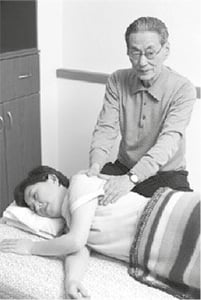
Photo courtesy of Shindonga article on 29/01/2014. In my spare time, on top of my day job as an engineer, I spent time learning about meridian massage with Master Donghyun Lee
That work as a voluntary meridian masseur planted the seed of my vocation. It was something I kept thinking about as I was working in Alabama and Georgia, helping launch Hyundai’s first made-in-America car. Two years later, I gave up engineering and took the plunge. I flew to Edinburgh, Scotland, where I had made some friends, to start again from scratch and study physiotherapy.
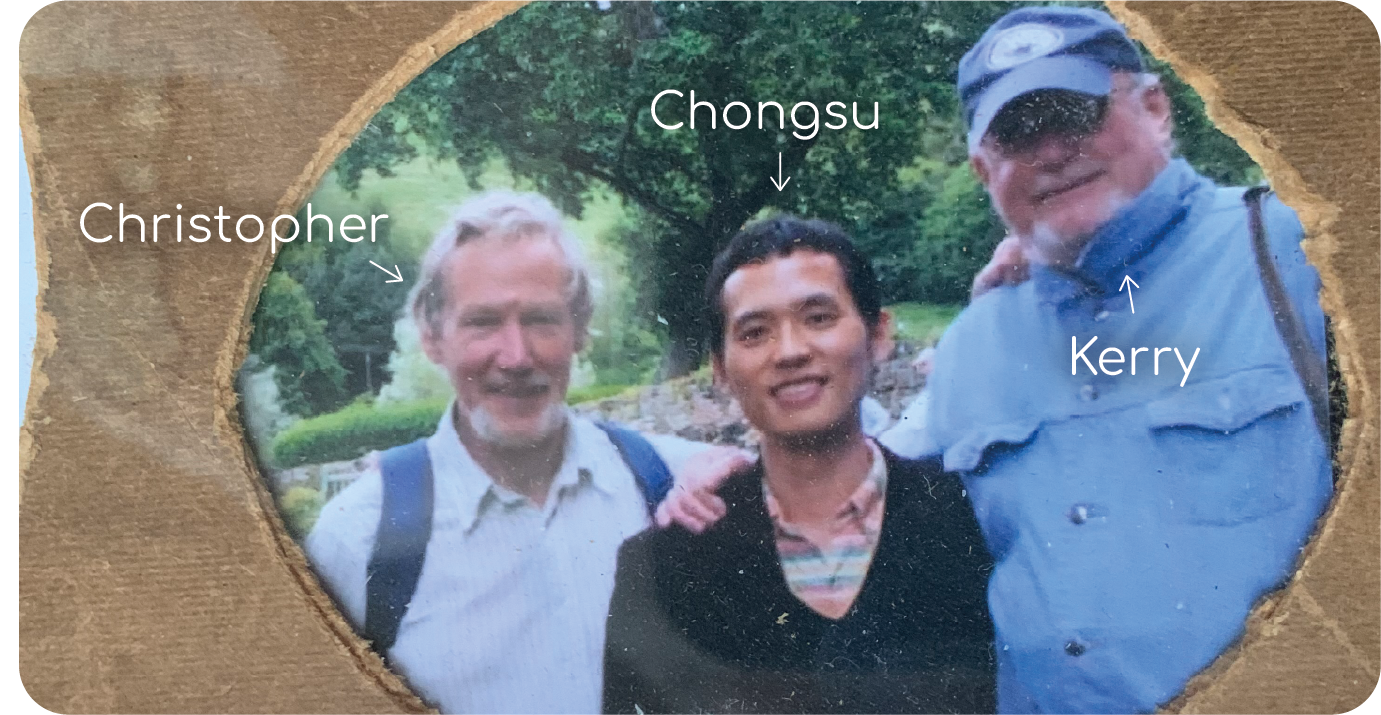
Kerry, Christopher and me at “Dr Neil’s Garden” in the village of Duddingston near Edinburgh, in 2014. Both Kerry and Christopher were 39 years older than me. We would go out for regular lunches and put the world to rights.
I never looked back and it has been my privilege and joy to build and use my expertise to help people regain their health and live their lives to the fullest. It is my mission to give hope to anyone else suffering from chronic health issues like I did. However, even as a physiotherapist, I knew my limits: I am still just a human.
The Birth of BackHug:
Turning Personal Healing into Innovation
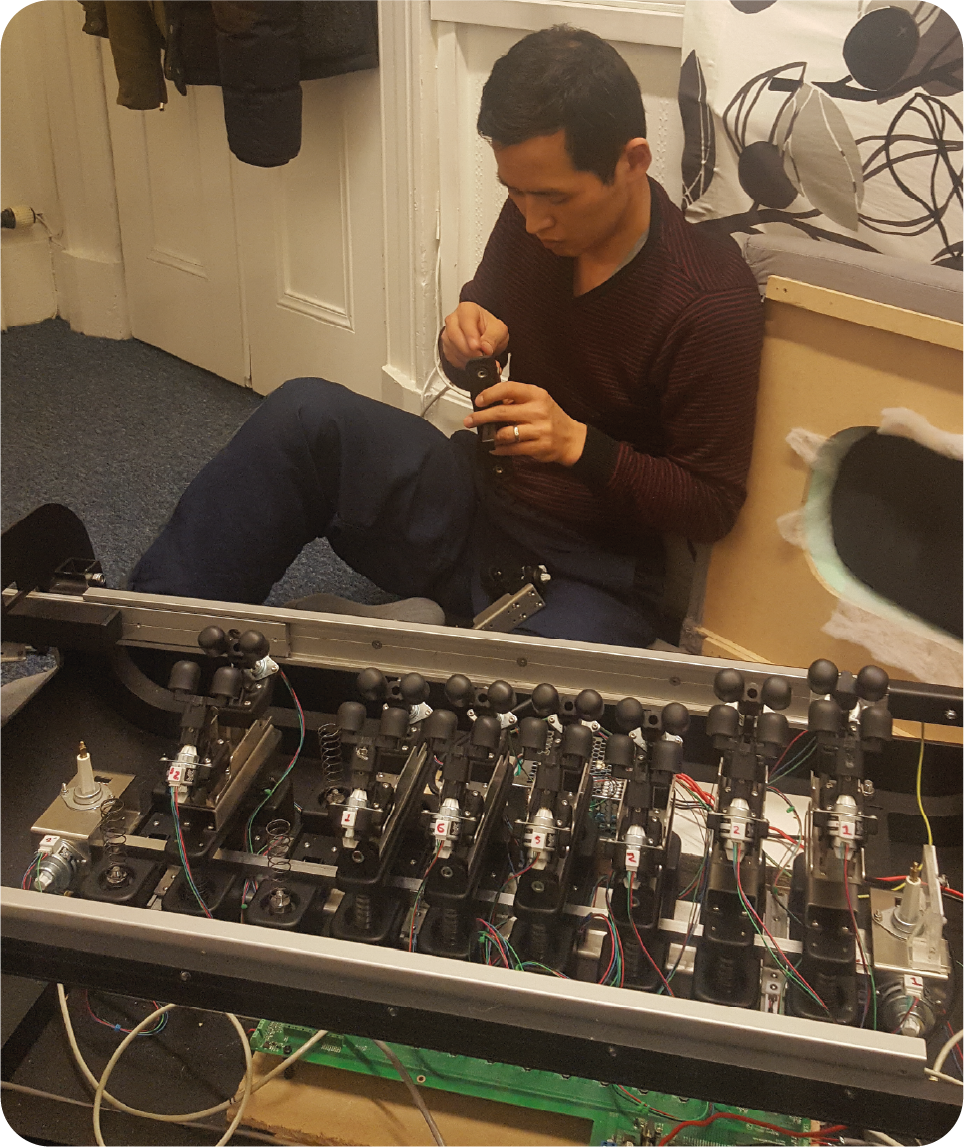
Creating a clone of myself
Being a physiotherapist allowed me to help so many people, but I have to admit, there are limits to how good I could treat my patients. Think about it, to efficiently treat the back, you need to get deep into the joints. This is done through joint de-stiffening practises which involve pushing my thumbs into the back to mobilise the spine. This requires a lot of effort and, you can imagine that people receiving treatment at 9am would get a very different quality to those getting the same treatment at 5pm. Like any physio, it’s tiring work and my thumbs would get tired.
I always want to give people the best treatment but it just wasn’t possible.
In a full circle moment I thought of a way to combine my physiotherapy expertise, my experience with chronic pain and my engineering degree to create a solution for mechanical pain in the body. I began conceptualising a device that could bring professional-level back care into the comfort of one's home. The vision was clear: it will work as a physio would do, but without human error.
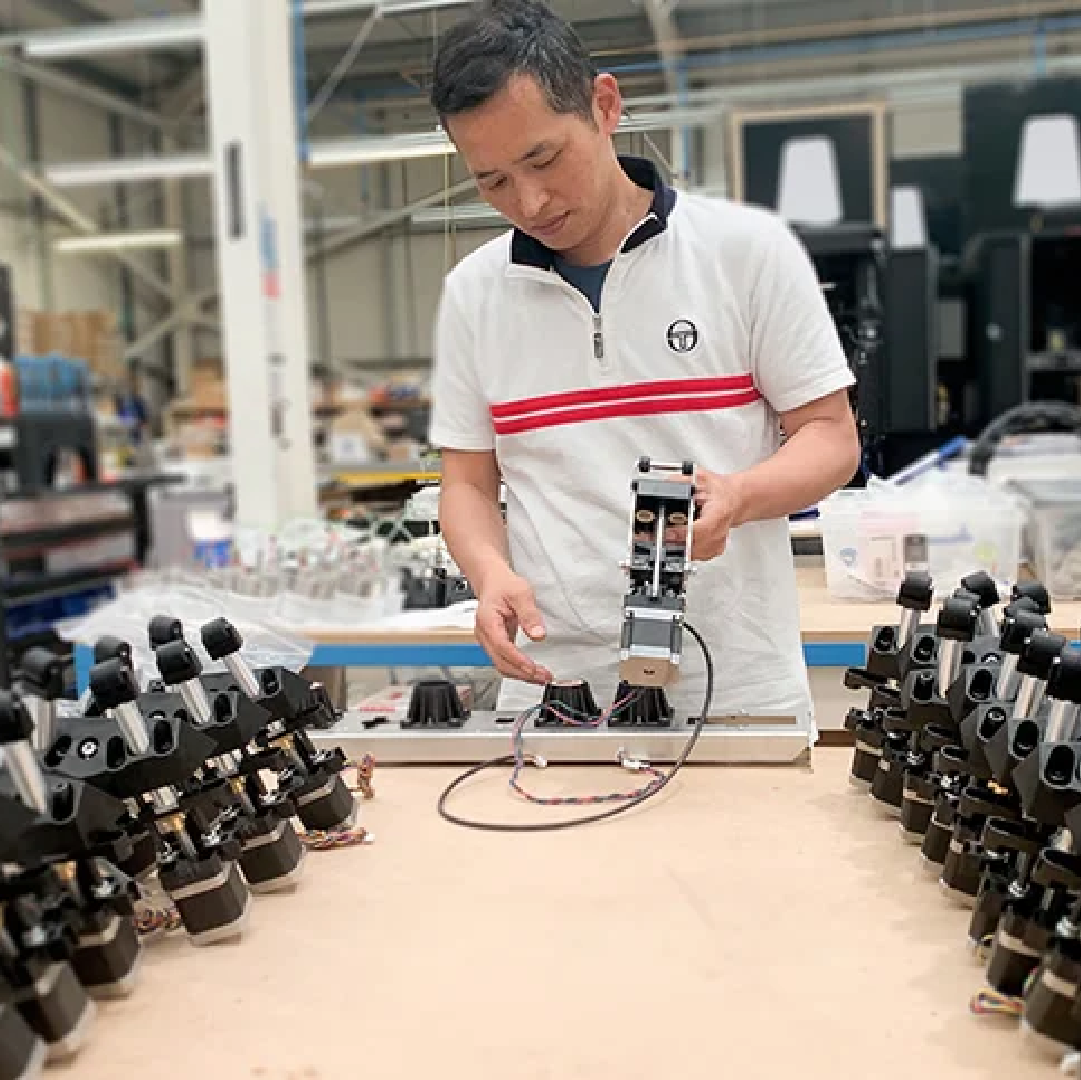
Here I am working on BackHug V3 in our production facility
BackHug's creation was a journey of its own, marked by trial and error. It combined advanced technology with the understanding of physiotherapy principles to offer targeted relief. This was not just about temporary fixes but about providing a solution that could contribute to long-term well-being by giving people a natural solution to de-stiffens the joints in the back whenever they need. The other big innovative idea behind BackHug is that it will always give consistent treatment without getting tired and people can get that treatment at home, whenever they need it - no appointments or travel.
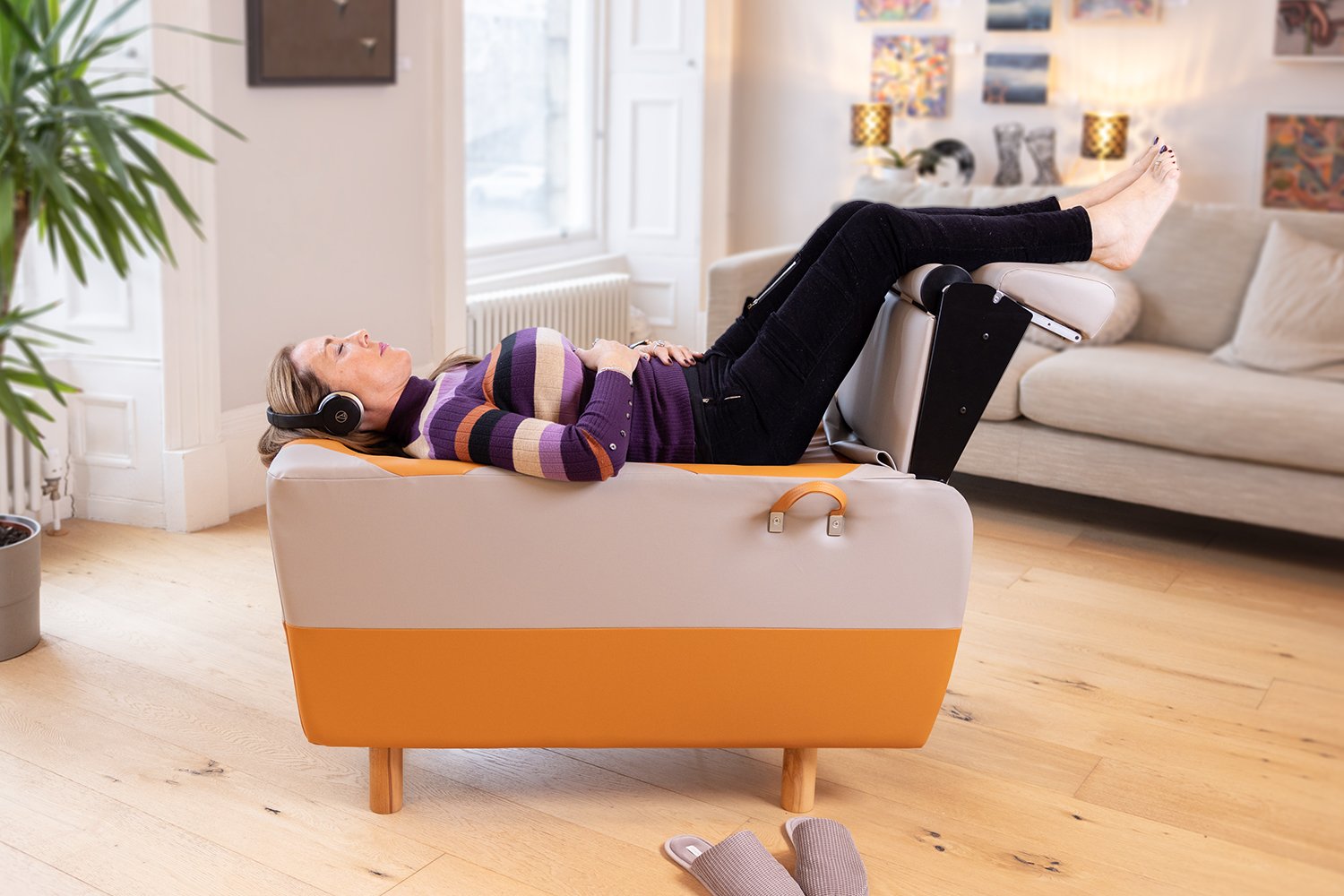
Launching BackHug was a moment of immense pride and a testament to the power of resilience. It represented the culmination of my journey from a pain-stricken child to an innovator determined to make a difference.
The Only Solution To Chronic Pain is Addressing the Root Cause, which, for Back Pain, is more often than not, the stiff joints in your back.
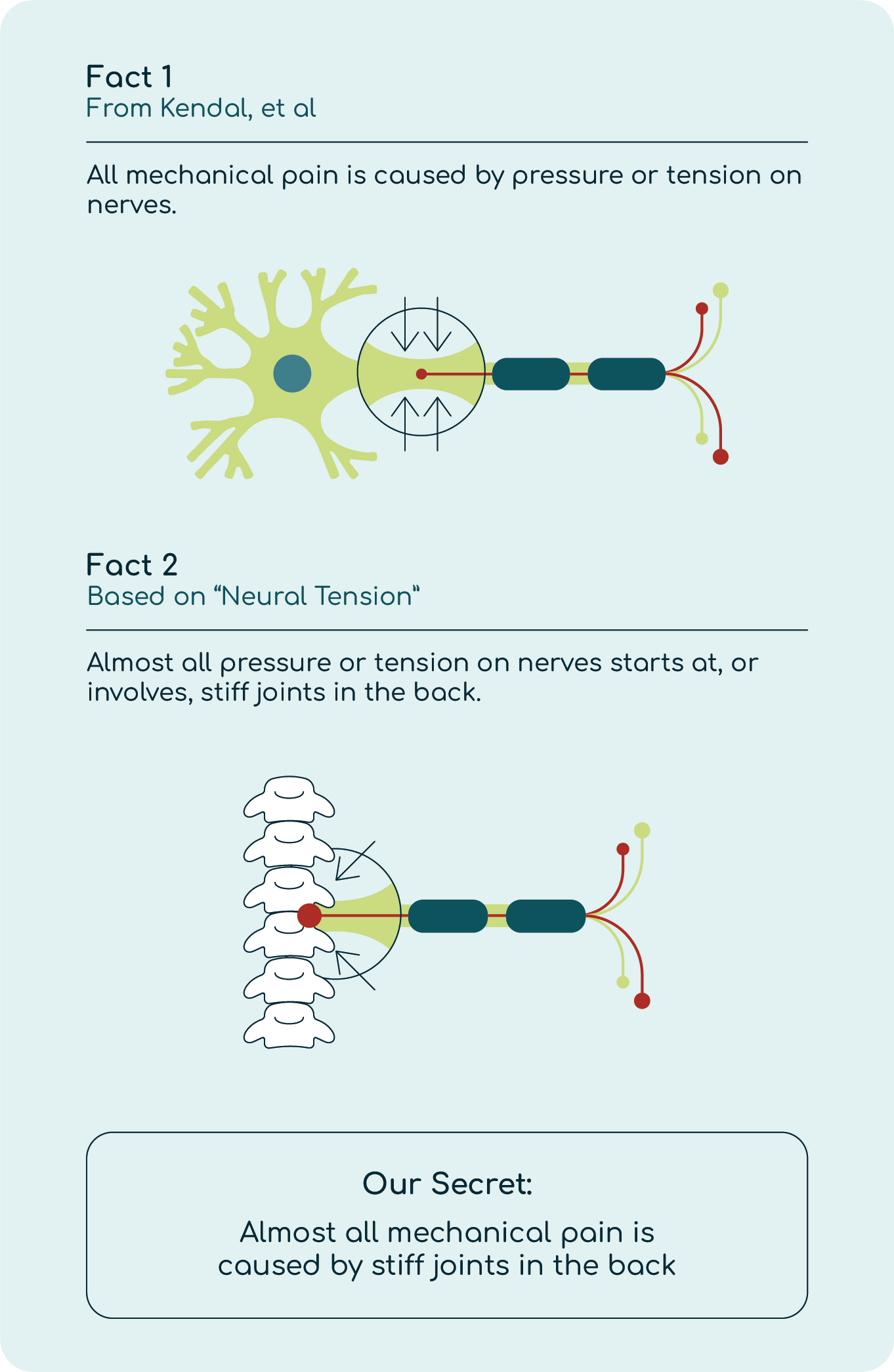
🔗 Learnings are taken from Kendal, et al's seminal work in: Muscles: Testing and Function with Posture and Pain. Their foundational work has been influential in guiding physical assessments and treatment plans for patients with musculoskeletal disorders and chronic pain.
It is important for me to emphasise that, while I didn’t enjoy the hospital, I am grateful for the treatment they provided and this blog is in now way intended to take away from the work carried out by the medical team that helped me feel better. But, rather, this article is a way for me to tell my story of overcoming chronic pain and how it taught me that managing pain goes much further than just treating the symptoms.
Just like a car, the body is a complex piece of machinery with many parts that are connected in ways you wouldn’t even imagine and we need to understand where the root cause of our pain comes from in order to heal. BackHug, I believe, is the best way for people manage their pain and improve their quality of life by addressing the root cause of their back pain: stiff joints.
If you are suffering from chronic back pain, you can try BackHug for 30-days to see if it helps improve your quality of life.
Or, if you are interested in my story, I have written a book called “Aches and Pains Secrets” that goes deep into everything I learned overcoming chronic pain and how I incorporated those secrets when creating BackHug.
